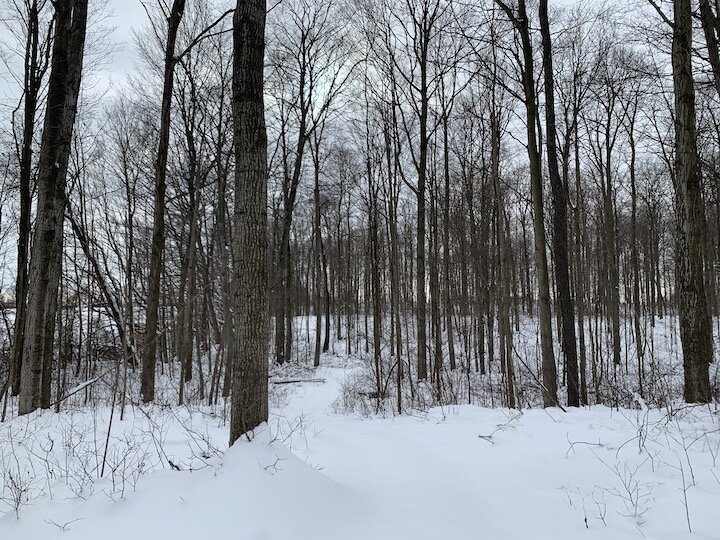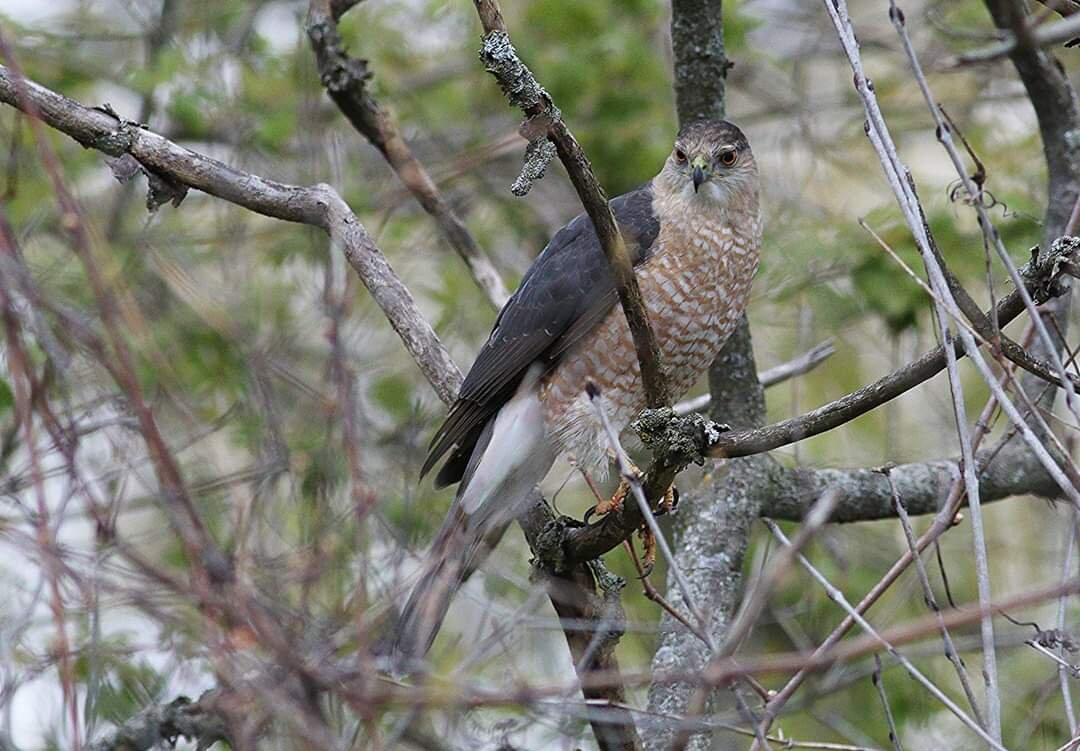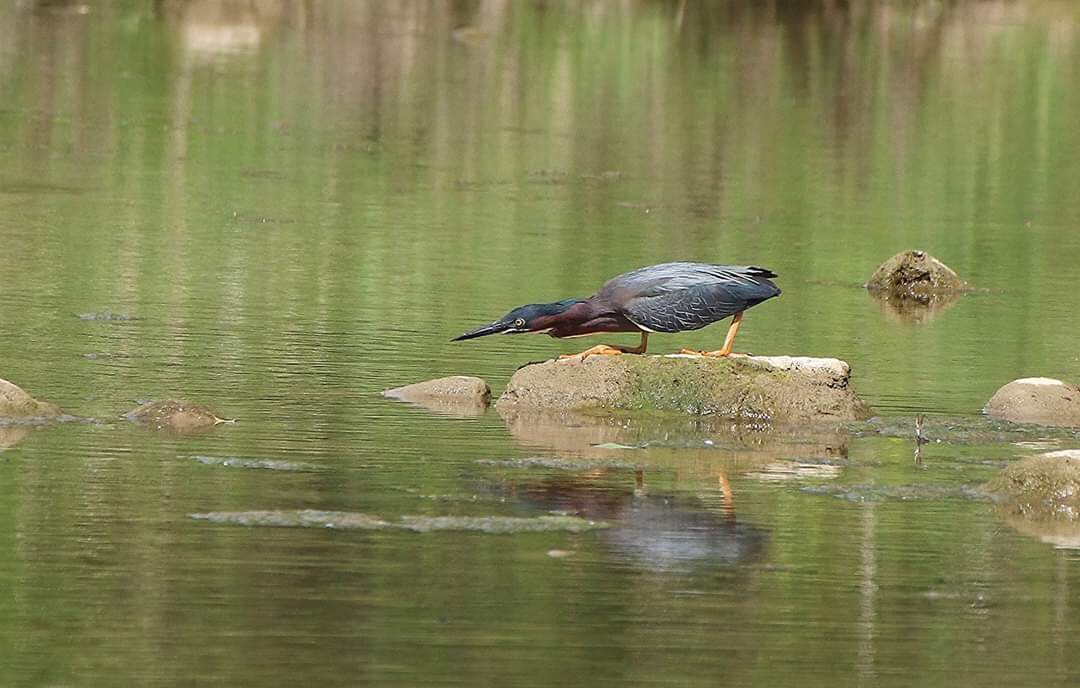
Help us protect our heritage, woodland, and waterway from aggregate extraction.
Irreplaceable culture, history, agriculture and biodiversity. The Menesetung (Maitland) River loops around this area creating a valley teeming with wildlife supporting a vibrant ecosystem.
Cultural Heritage
Little Lakes Road is on the traditional lands of the Ojibwa, Huron and Algonquin. (Royal Proclamation, 1763 and Treaty 45 1/2, 1836). The Three Fires Confederacy (Chippewas of the Thames, Chippewas of Kettle and Stoney Point and Chippewas of Saugeen Ojibway Band) have lived on and cared for the land since time immemorial.
The Little Lakes Road area is part of the Huron Tract, purchased by the Canada Company in 1826/7. The Canada Company was a large private British land development company incorporated to aid in the colonization of Upper Canada.
Some of the first settlers were Scottish stone masons who helped to build Ball's Bridge and some of the area's first houses. Settlers such as the Kernighan and Moore families cleared and farmed the rich farmland and have protected the woodlots on Little Lakes Road for generations.
Over the years the area has been the home of artists, writers, filmmakers and theatre directors and actors. Many groups are regular visitors and include:
Wildlife photographers
Hiking trails
Snowmobile club
Sunday drives
Foragers and harvesters of medicinal and edible plants, bushes and trees
Weddings on Ball's Bridge
Ball’s Bridge
Located on Little Lakes Road, about 9 km west of Goderich, the bridge was built in 1885 as a Maitland River crossing point on a rural road. According to Daryl Ball, a descendant of the family who farmed the land, a young Miss Ball had to cross the river by foot to go to market in Goderich. During one trip to buy sugar, she was spotted by an engineer who was employed to supervise construction of the Goderich Bridge. They fell in love and he built Ball’s Bridge one summer so that his love would be able to cross “without getting wet”. Still today, the bridge joins hearts as a destination point for many ‘first dates’ and weddings.
In April 2006, Huron County Council decided to close Ball’s Bridge. They had not anticipated how beloved this bridge had become over the past 120 years. A grassroots community group quickly mobilized, forming Friends of Ball’s Bridge, and the work began. A website, public meetings, petitions, signage, fundraising, letter writing campaign, media interest and good old fashioned lobbying and networking happened over an eight month period in earnest. ‘’Finally, on January 3, 2007, council voted in favour of investing $250,000 to rehabilitate the bridge. Friends of Balls Bridge matched those funds through the Province of Ontario to maintain the bridge into the future for all time for the appreciation of the next generations, guided by the Friends of Balls Bridge Steering Committee.
Ball’s Bridge has brought much attention to the area. Every year more people come from away to this untouched area of natural beauty.
Natural Heritage
The Little Lakes area is part of the Maitland Valley watershed and wildlife corridor. It is a varied ecosystem with a wide variety of species of animals, birds, reptiles, flora and fauna.
Cradled by a loop in the Menesetung (Maitland) River this precious swath of land that passes from Londesborough Road through to Little Lakes Road is surrounded by woodland that is designated in the ACW official plan as both “provincially and locally significant” as well as “significant wildlife habitat”.
This area has been protected by Maitland Valley Conservation Authority for close to 50 years.
There are at least five species at risk within this area under Ontario's Endangered Species Act.
Wood lots that have never been tilled contain rare medicinal and edible plants and insect life.
Many species of wildlife, birds, amphibians, fish, trees and plants call this area home.
Lower Maitland Sterwardship Group video.

















